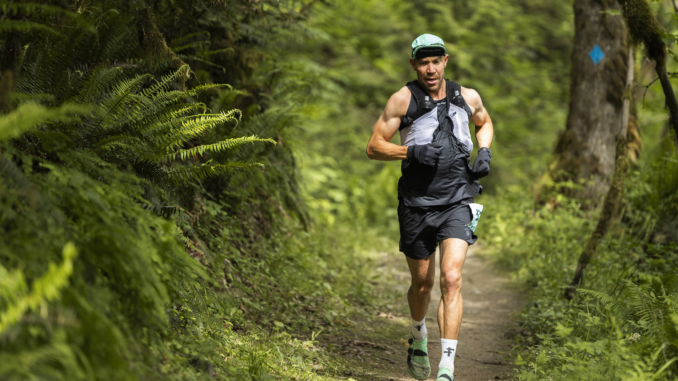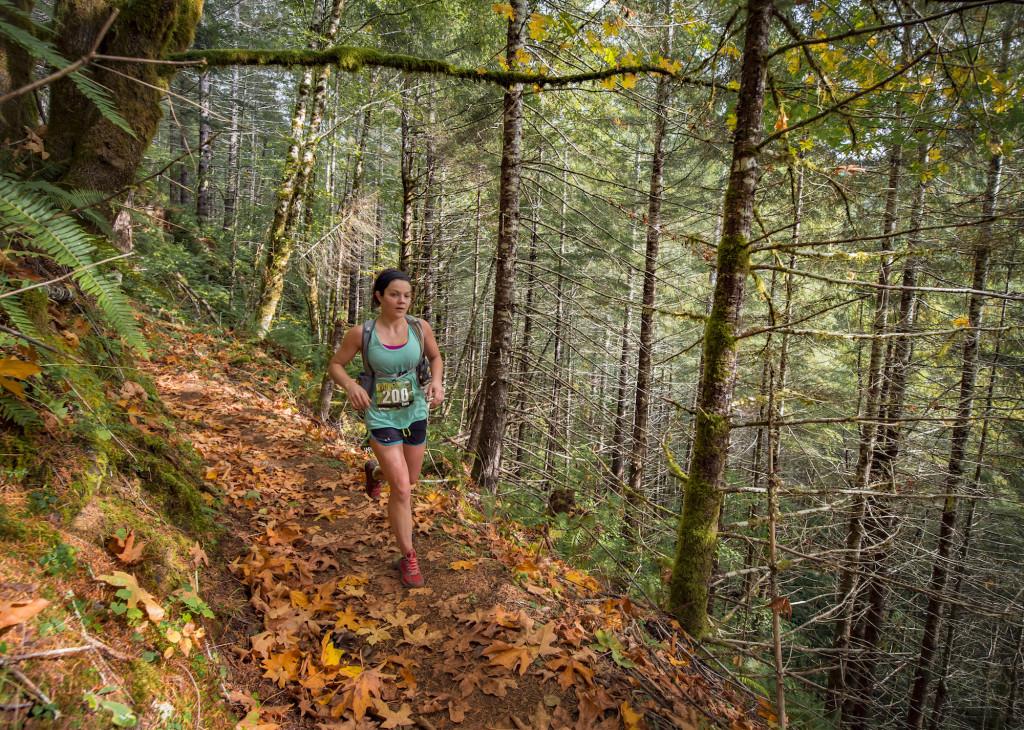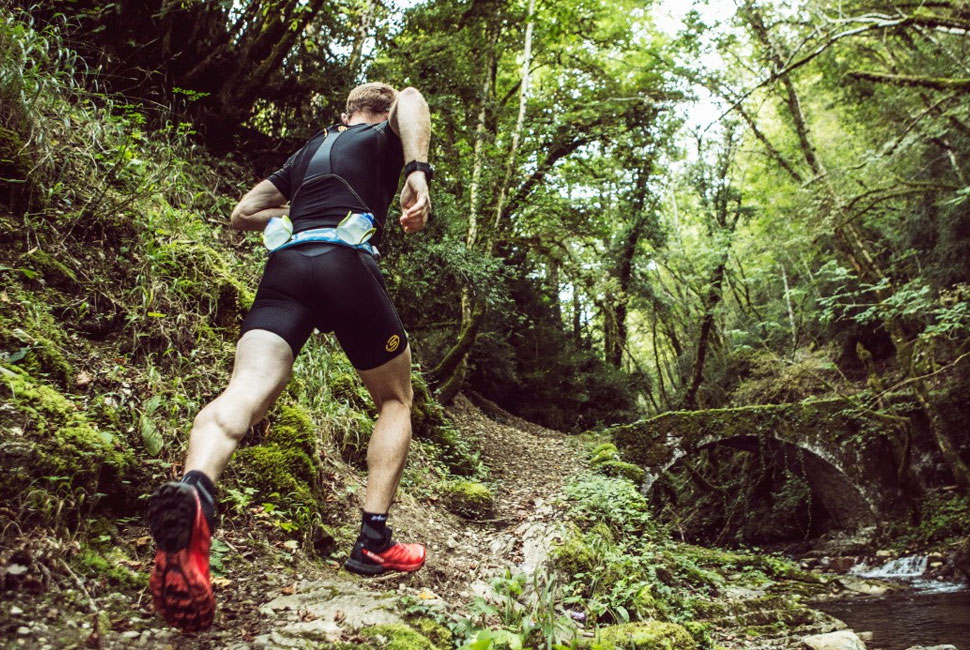
Trail running might sound like something that only people who are super fit do, but it’s actually a great activity for beginners. Unlike running on pavement, trail running takes you into nature where you’ll run on dirt paths, through forests, across hills, and sometimes even over small streams. It’s a fun way to exercise, get fresh air, and explore beautiful places.
If you’ve never run before, don’t worry! You don’t need to be fast, you don’t need to run far, and you definitely don’t need fancy gear to start. With the right tips and a little motivation, you can begin trail running at your own pace and enjoy the journey.
Why Try Trail Running?
There are lots of great reasons to try trail running:
- Soft surfaces are easier on your joints than concrete or asphalt.
- Nature helps you relax and feel less stressed.
- Your runs can feel more like an adventure.
- You don’t need to go fast to enjoy it, as walking and hiking are part of the trail running experience!
Where To Start
It’s totally fine if you’ve never run before. Trail running doesn’t mean sprinting up a mountain or running 20 miles straight. It can be as simple as walking fast on a dirt path and running short parts when you feel ready.
Try this simple plan to begin:
- Start with walking: Get used to being on trails by walking 20–30 minutes a few times a week.
- Add short jogs: Pick flat or gently rolling trails. Run for 30 seconds, then walk for a minute. Repeat a few times until you’re comfortable running for longer.
- Listen to your body: If you’re out of breath or feel sore, take it easy. The goal is to build stamina, not speed.
Be sure to stretch! Injuries can be prevented by stretching before and after any exercise.
What to Wear
Trail running gear doesn’t have to be fancy, but the right clothing can make a big difference.
1. Shoes
Your regular gym or tennis shoes may work at first, but trail running shoes are better because they:
- Have more grip for uneven or muddy ground.
- Offer extra support for your feet and ankles.
- Often have toe guards and rock plates built in to protect your feet from sharp rocks, roots, and uneven surfaces.
- Are typically more durable.
Look for trail running shoes at stores like REI or a local running shop. Popular beginner-friendly brands include Brooks, Altra, Salomon, Saucony, and HOKA.
2. Clothing
Wear clothes that:
- Wick moisture by pulling sweat away from your body.
- Are comfortable and breathable.
- Are in layers and waterproof so you can adjust to changing weather.
Avoid cotton because it gets heavy when wet. Choose synthetic or wool materials instead.
3. Other Items
- Socks: Wool or synthetic socks help prevent blisters.
- Hat/sunglasses: Good for sunny trails.
- Water bottle: Carry water in a small backpack or waist pack, especially for longer runs.
- Snacks: Bring a small snack or two for energy.
- Phone or GPS tracker: In case you get lost or need help.
- First aid kit: A basic kit with band-aids and antiseptic wipes can come in handy.
You might consider wearing a running vest or belt to carry some of these items.
Choosing the Right Trail
The Pacific Northwest is full of great trails! Start with places that are:
- Easy to get to.
- Not too steep or rocky.
- Well-marked and safe.
You can find trails using apps like AllTrails, Gaia GPS, or Trail Run Project. These show trail difficulty, maps, and reviews from other runners. As you gain confidence, you can eventually explore more challenging paths.
Build A Routine
Consistency helps improve yourtraill running. Some things to help with consistency are:
- Setting Goals: Decide how many times a week you want to run.
- Tracking Progress: Use a journal or app to monitor your runs.
- Celebrating Milestones: Recognize your achievements, no matter how small.
Tips for a Great Run
1. Hike the Hills
Even experienced runners walk steep hills. It saves energy and prevents injuries. Don’t feel like you have to run everything. “Hike the ups, jog the downs” is a great rule for beginners.
2. Use Your Arms
Your arms will help with balance, especially on hills or rough terrain. Having a relaxed and efficient arm swing will also help you build momentum and reduce fatigue.
3. Keep Your Eyes on thetraill
Always watch the ground a few feet ahead. Trails can have roots, rocks, or sudden drops. Looking down along thetraill helps you stay safe and avoid tripping.
4. Go Slow
Trail running is typically harder than road running. You might be slower, and that’s okay! Time and pace don’t matter as much when you’re early into your trail running experience. Just focus on enjoying being outside and getting exercise.
5. Check the Weather
Rain can make trails muddy and slippery. Snow and ice can be dangerous. Always check the forecast and be prepared for changing conditions.
6. Tell Someone Where You’re Going
Even if you’re just heading out for a short run, let a friend or family member know where you’ll be and when you expect to be back.
7. Leave No Trace
Respect nature. Don’t litter, stay on marked trails, and be kind to other trail users like hikers and bikers.
8. Join a Community
Running with others can maketraill running more fun. Look for local running groups, Facebook events, or meetups. Some running stores even host group trail runs for beginners.
9. Be Patient With Yourself
You might feel tired or awkward as a beginner, and that’s normal! Everyone was a beginner once. The more you get outside, the better and more confident you’ll feel. Focus on progress and not perfection.
If you stick with it, you’ll not only get stronger but you’ll likely fall in love with the freedom of the trails, the peace of the forest, and the excitement of going somewhere new.



